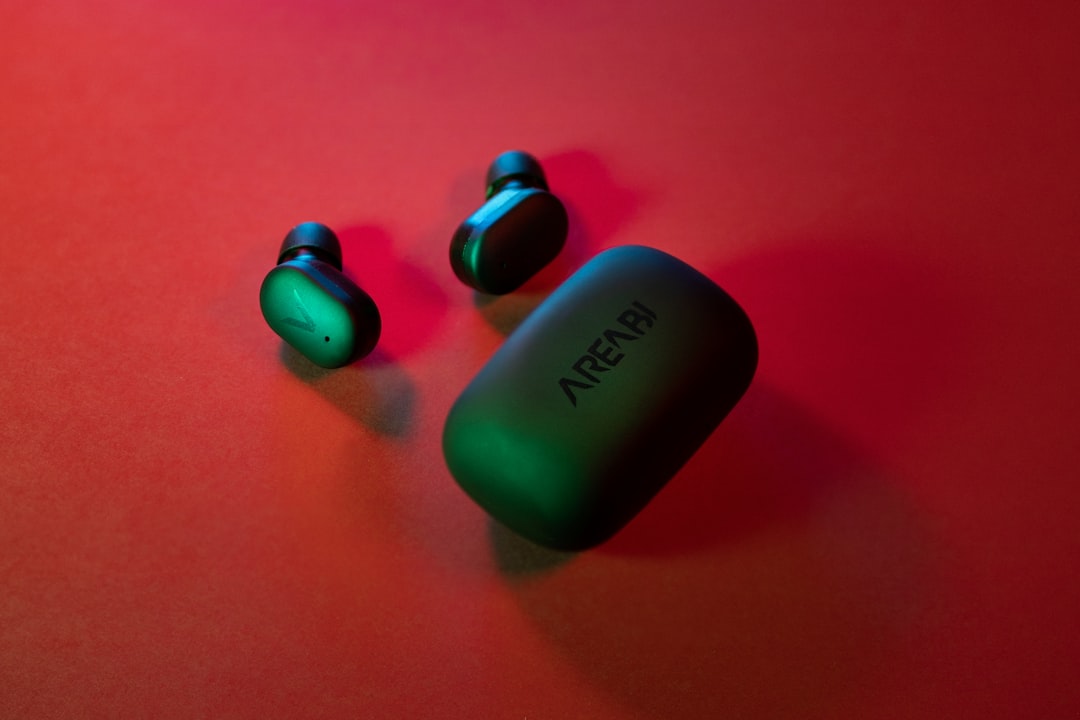In a world increasingly driven by digital experiences, sound quality has elevated beyond mere preference—it’s become a necessity. Whether you’re an audiophile, a professional sound engineer, or simply someone who values crisp and immersive audio, the demand for high-fidelity sound solutions has never been greater. This growing appetite for premium listening experiences has given rise to what many now call Addictive Sound: the pursuit of audio clarity so pure, it becomes a sensory obsession.
Modern listeners no longer settle for mediocre noise. The evolution of streaming platforms, FLAC formats, and lossless codecs has compelled manufacturers to push the boundaries of innovation, creating sound systems that replicate real-life audio environments with astonishing accuracy. But what constitutes a truly addictive sound experience? Let’s delve into the elements that elevate audio to an art form.
What Makes Sound Addictive?
Addictive sound is not merely about loudness or booming bass. Rather, it’s a balanced equation of clarity, depth, detail, and spatial awareness. Here are the key factors that define exceptional audio quality:
- Frequency Response: The ability to reproduce both low and high frequencies without distortion.
- Dynamic Range: The contrast between the quietest and loudest parts of a track. A wider range adds realism and emotion.
- Soundstage: The perceived spatial arrangement of instruments and vocals.
- Harmonic Accuracy: The authenticity of reproduced tones, especially in acoustic and orchestral music.
High-quality audio solutions aim to replicate the sensation of a live performance—where you can almost feel the texture of each instrument and sense the presence of the artist in the room.

The Technologies Behind Premium Audio
The pursuit of impeccable audio involves interdisciplinary engineering encompassing acoustics, digital signal processing, and material sciences. Some groundbreaking innovations contributing to superior sound include:
- Balanced Armature Drivers: Often used in in-ear monitors, these deliver highly detailed and accurate sound reproduction.
- Planar Magnetic Technology: Common in high-end headphones for their ability to provide wider soundstages and nuanced dynamics.
- Digital-to-Analog Converters (DACs): Essential for translating digital audio into analog signals without losing quality.
- High-Resolution Audio Codecs: Formats such as FLAC and ALAC preserve sound data during playback, unlike compressed MP3s that discard details.
With these tools, audio manufacturers and sound engineers create systems that not only match, but exceed the expectations of even the most discerning ears.
Choosing the Right System for Your Needs
When it comes to selecting high-quality audio solutions, the market can be overwhelming. Here’s a breakdown of popular categories and what to look for:
1. Headphones and Earphones
Ideal for personal use, these vary from consumer models to professional-grade gear. Key considerations include:
- Noise cancellation or passive isolation
- Type of driver (dynamic, planar magnetic, electrostatic)
- Comfort over extended periods of use
- Wired vs. wireless connectivity and supported codecs (e.g., aptX, LDAC)
2. Home Audio Setups
For immersive experiences within your own space, consider:
- High-resolution receivers with DAC support
- Accurate bookshelf or floor-standing speakers
- Surround sound or stereo configurations
- Room acoustics and speaker placement

3. Professional Studio Equipment
When perfection is non-negotiable, studios invest in gear designed for surgical precision in audio editing and mastering. Must-haves include:
- Flat-response studio monitors
- Audio interfaces with low latency and multiple I/O options
- Studio-grade microphones and preamps
Why Quality Sound Matters
Beyond luxury, high-quality audio contributes significantly to how we perceive music, dialogue, and soundscapes. It enhances emotional impact, improves concentration, and deepens appreciation for artistry. Moreover, for professionals in music, film, and broadcasting, it’s a fundamental tool for delivering content as it was meant to be heard.
In psychology, sound has been shown to influence mood and behavior. Crisp highs and warm lows trigger emotional memory and stimulate brain activity—an addictive loop that consumers are increasingly willing to pay a premium for.
The Future of Addictive Sound
As technology advances, the line between consumer-grade and professional audio continues to blur. Artificial intelligence, immersive audio formats like Dolby Atmos, and biometric sound personalization are revolutionizing how we consume sound. Soon, tailored listening experiences could become the norm—crafting unmistakably addictive soundscapes for every individual preference.
Sound is more than a medium—it’s a gateway to deeper connection, emotion, and expression. By embracing high-quality audio solutions, we’re not just listening—we’re experiencing every note to its fullest, and that, in itself, is truly addictive.



